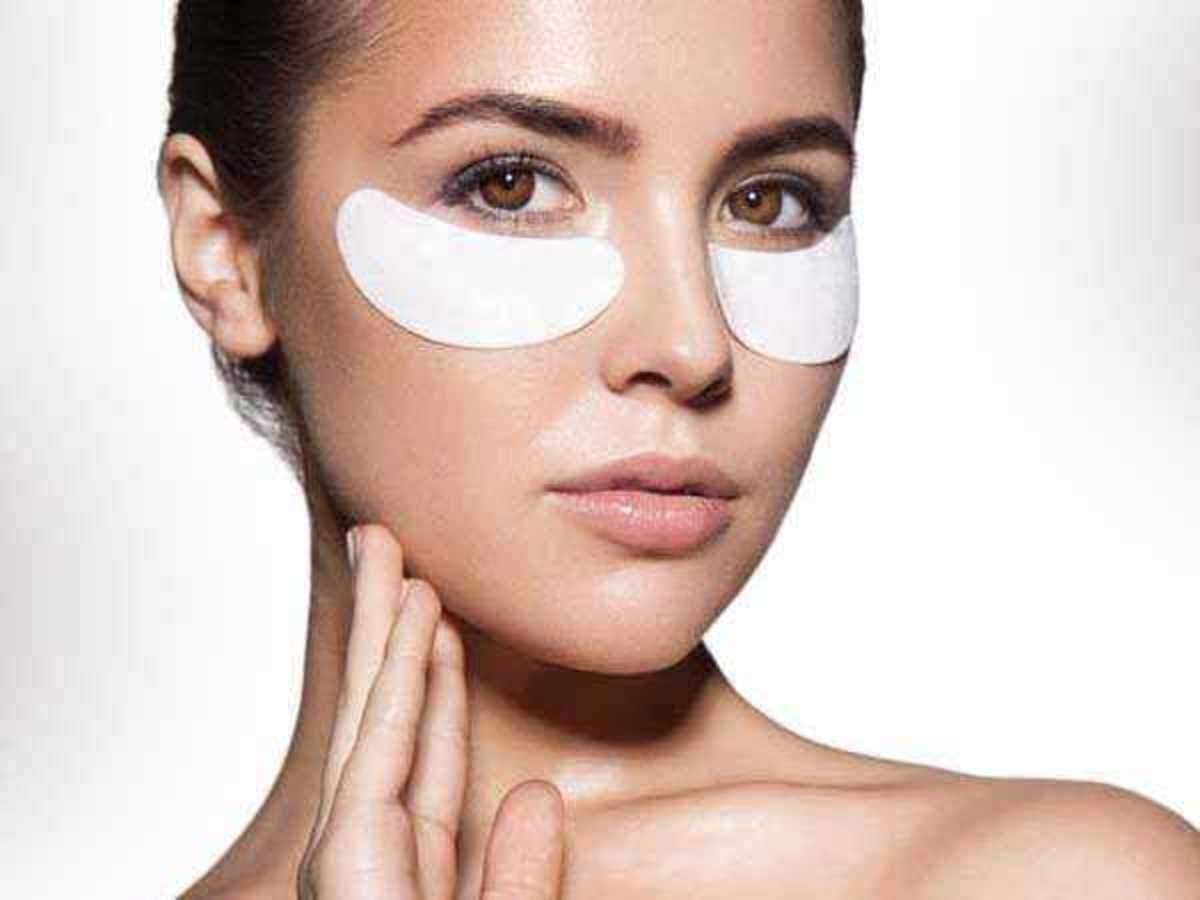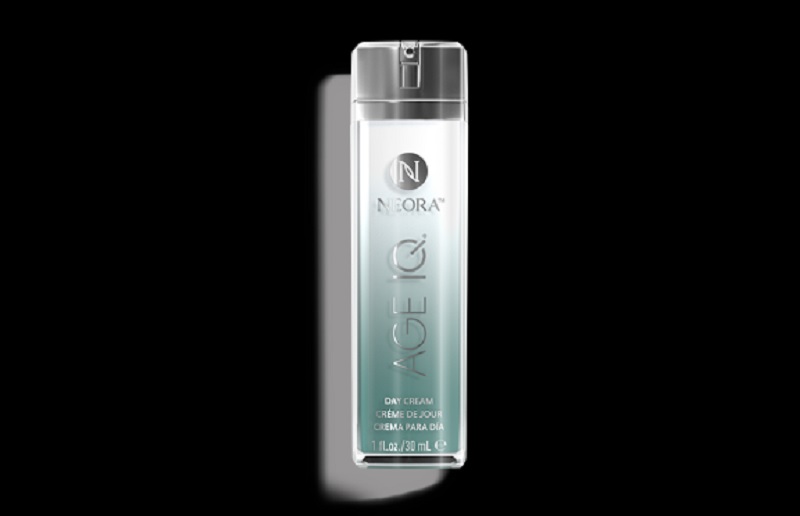The Path to Dark Eye Circles Removal: What to Know
Dark eye circles, often referred to as under-eye bags or shadows, are a common concern for many individuals. They can make you appear tired, older, or even unwell. Fortunately, there are various approaches to dark eye circles removal, ranging from lifestyle changes to cosmetic procedures.
In this article, we’ll explore what you need to know about dark eye circles removal, including causes, prevention, and treatment options.
What Are Dark Eye Circles?
Dark eye circles are the dark, discolored areas that appear beneath your lower eyelids. They can vary in color and severity, from mild bluish or brownish tints to deeper, more pronounced shades. Several factors contribute to the development of dark eye circles, making them a common concern for people of all ages.
Causes of Dark Eye Circles
- Genetics: Genetics can play a significant role in whether you are prone to dark eye circles. If your parents or other family members have them, you may be more likely to develop them as well.
- Aging: As you age, the skin around your eyes becomes thinner and loses collagen and fat, making blood vessels and underlying structures more visible and leading to dark eye circles.
- Fatigue and Lack of Sleep: A lack of sleep or poor-quality sleep can cause blood vessels to dilate and become more prominent, contributing to the appearance of dark eye circles.
- Allergies: Allergic reactions can lead to inflammation and swelling around the eyes, resulting in dark eye circles.
- Sun Exposure: Excessive sun exposure can cause your body to produce more melanin, leading to hyperpigmentation in the skin under your eyes.
- Dehydration: Insufficient hydration can make the skin under your eyes appear dull and sunken, exacerbating the appearance of dark circles.
Preventing Dark Eye Circles
Preventing dark eye circles can be more effective than attempting to treat them. Here are some preventive measures you can take:
- Get Adequate Sleep – Aim for 7-9 hours of quality sleep each night to help reduce fatigue-related dark eye circles. Establish a regular sleep schedule and create a comfortable sleep environment.
- Manage Allergies – Identify and manage allergens that trigger allergic reactions and under-eye inflammation. Consult with an allergist or immunologist for allergy testing and treatment options.
- Stay Hydrated – Drink plenty of water throughout the day to keep your skin well-hydrated.
- Limit caffeine and alcohol consumption, as they can contribute to dehydration.
- Protect Your Skin from Sun Exposure – Apply a broad-spectrum sunscreen with SPF 30 or higher to the skin around your eyes when going outdoors. Wear sunglasses with UV protection to shield your eyes from harmful sun rays.
- Healthy Diet – Consume a balanced diet rich in fruits and vegetables, which provide essential vitamins and antioxidants for skin health. Avoid excessive salt intake, as it can cause water retention and exacerbate puffiness.
- Manage Stress – Practice stress-reduction techniques such as meditation, deep breathing exercises, or yoga to minimize the impact of stress on your overall health and appearance.
Treatment Options for Dark Eye Circles
If you already have dark eye circles and are looking for ways to remove or reduce their appearance, several treatment options are available. The effectiveness of each method can vary depending on the underlying causes and the severity of your dark eye circles.
Topical Creams and Serums
Over-the-counter or prescription-strength creams and serums containing ingredients like retinol, vitamin C, hyaluronic acid, and peptides can help improve the appearance of dark eye circles.
These products may reduce pigmentation, increase collagen production, and improve skin texture over time.
Home Remedies
Home remedies such as cold compresses, cucumber slices, and tea bags may temporarily reduce puffiness and soothe the skin around your eyes. While these remedies can provide short-term relief, they may not address the underlying causes of dark eye circles.
Cosmetic Procedures
Cosmetic procedures offer more immediate and lasting solutions for dark eye circles. Some options include:
- Dermal Fillers: Hyaluronic acid fillers can plump the hollows under the eyes, reducing the appearance of dark circles.
- Chemical Peels: Chemical peels can improve skin texture and tone, potentially reducing the appearance of dark eye circles.
- Laser Therapy: Laser treatments can target pigmentation issues, stimulate collagen production, and reduce blood vessel visibility.
- Microneedling: Microneedling creates tiny injuries in the skin, triggering collagen production and improving the skin’s texture and appearance.
- Platelet-Rich Plasma (PRP) Therapy: PRP therapy involves injecting your own platelet-rich plasma into the skin to stimulate collagen production and improve skin quality.
Underlying Medical Conditions
In some cases, dark eye circles may be related to underlying medical conditions such as thyroid disorders or iron deficiency anemia. Consult with a healthcare professional to rule out any medical causes and receive appropriate treatment.
Makeup and Concealers
Makeup can be an effective temporary solution for concealing dark eye circles. Choose a concealer that matches your skin tone and provides good coverage, and apply it gently to avoid further irritation.
Seeking Professional Advice
Before pursuing any dark eye circles removal method, it’s essential to consult with a dermatologist or a cosmetic professional. They can assess your specific condition, identify the underlying causes, and recommend the most suitable treatment options. Professional guidance ensures that you receive safe and effective treatments tailored to your needs.
Conclusion
Dark eye circles are a common cosmetic concern, but they can be effectively managed and, in some cases, removed with the right approach. Prevention is key, and maintaining a healthy lifestyle, managing allergies, and protecting your skin from sun damage can help minimize the risk of developing dark eye circles.
For those already dealing with dark eye circles, treatment options range from topical creams and home remedies to more advanced cosmetic procedures. The choice of treatment should be based on your individual needs, the severity of your dark eye circles, and the guidance of a medical or cosmetic professional.
Remember that seeking professional advice is crucial to ensure the safety and effectiveness of any dark eye circles removal method. With the right approach and proper care, you can achieve a brighter and more refreshed appearance around your eyes.




